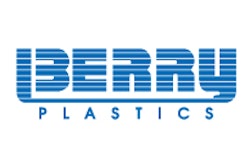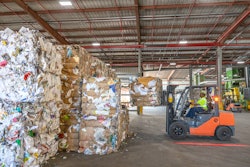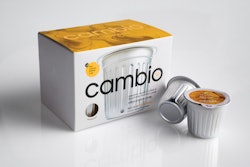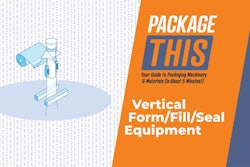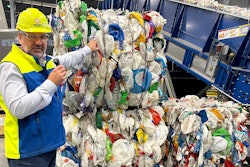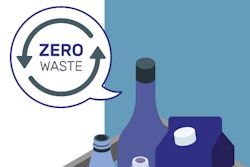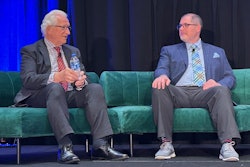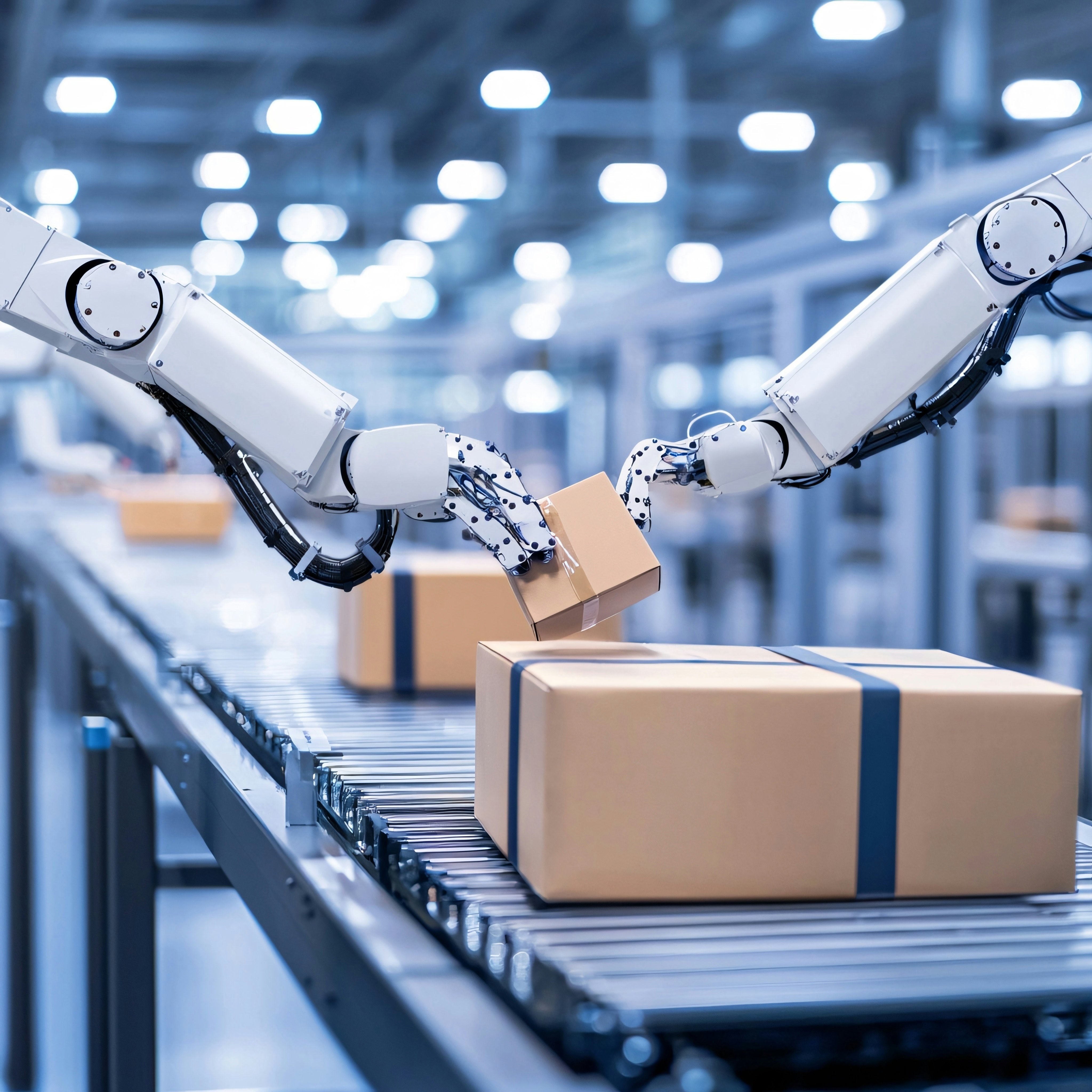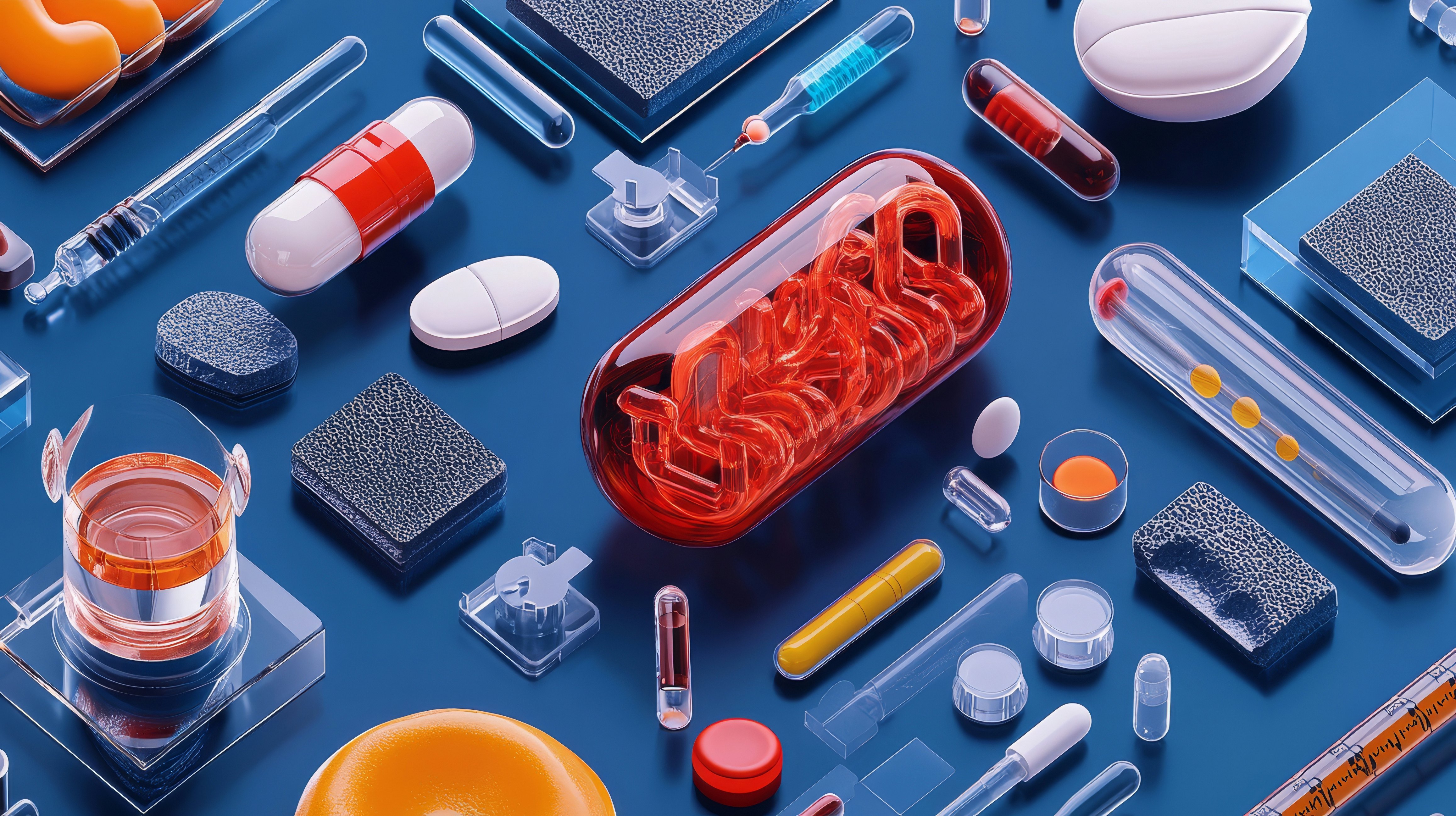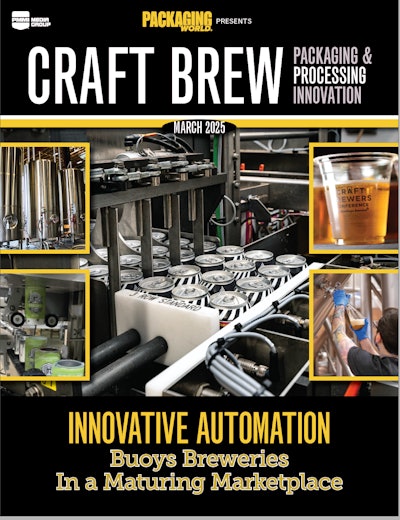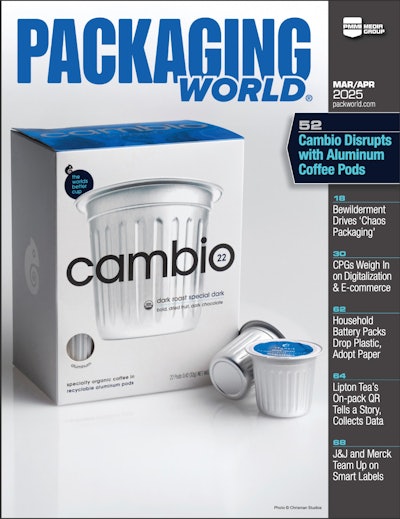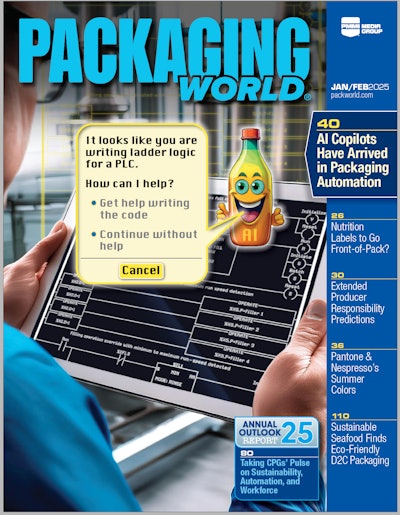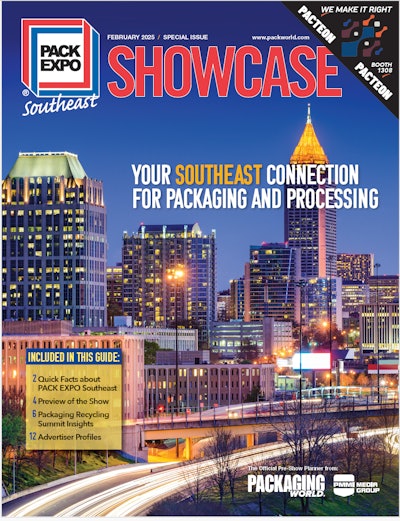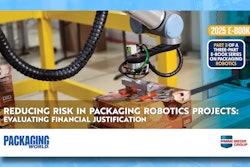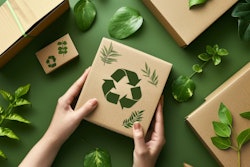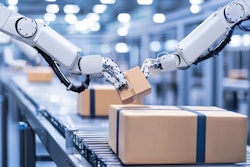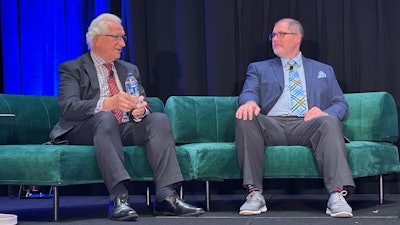
Polypropylene (PP) is one of the most widely used plastics in consumer packaged goods (CPG), especially in food and beverage applications. Yet despite its prevalence, only around 8% of post-consumer PP in the U.S. is being recycled. That’s a missed opportunity as brands face growing recycled-content mandates and public pressure to prove that circularity is possible.
At the 2025 Plastics Recycling Conference, a panel of recycling and packaging experts tackled the topic head-on in a session titled, “From Waste to High Quality: Making PP Food-Grade – A Full Value Chain Perspective.” During the session, these experts addressed the roadblocks—and breakthroughs—surrounding food-grade recycled PP. Their message: the technology exists, the infrastructure is catching up, but brand leadership is essential to unlocking scale.
The volume is there, but it’s not coming back
“We generate 1.2 million tons of post-consumer PP in the U.S. each year,” said Edward Kosior, President of NEXTLOOPP Americas. “But only about 8% of it gets recycled. That’s a missed opportunity.”
A new study from Closed Loop Partners confirms that more than 75% of PP currently captured at MRFs is clear or white, and most of it is food-grade. But it’s not making its way back into packaging in meaningful volumes.
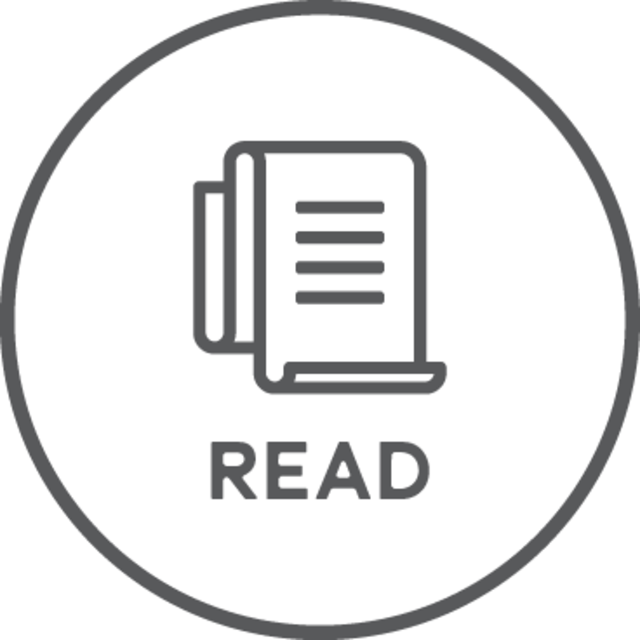 | Read this related article from the Plastics Recycling Conference, “Rethinking PCR Procurement for a Circular Future” |
As Neil Darin, senior director at tms, a provider of technology, marketing, and sourcing services to major foodservice clients like McDonald’s and Starbucks, put it, “Our customers want to use recycled PP. But we simply aren’t seeing enough high-quality material available to meet demand—especially for food-contact applications.”
Sorting technology is not the issue anymore
According to Jeff Snyder, SVP of Recycling and Sustainability at Rumpke Waste & Recycling, “The technology is there. We’re sorting tubs, cups, lids—even small formats like PP caps—at our Columbus, Ohio facility.”
Thanks to a combination of near-infrared (NIR) technology and AI-enhanced imaging, Snyder says the ability to identify, sort, and separate food-grade PP has advanced dramatically in just the last five years. “AI lets us go deeper into the waste stream, using shape, color, and pattern recognition to pull out polypropylene at very high speeds—up to 2,000 picks a minute.”
But Snyder emphasizes that capturing this material is only part of the challenge. “It’s not just about sortation—it’s about end markets,” he said. “If I can’t sell it into a system that turns it into something new, then by my definition, it’s not recyclable.”
Packaging design still poses a barrier
Panelists repeatedly pointed to design-for-recyclability as an ongoing challenge to PP recycling, particularly the use of in-mold labels (IMLs), opaque pigments, and direct printing that inhibit material recovery or complicate food-grade decontamination.
“We hear brands ask for clear, food-grade recycled PP,” said Kosior, “but they’re not putting clear PP into the market themselves. That has to change.”
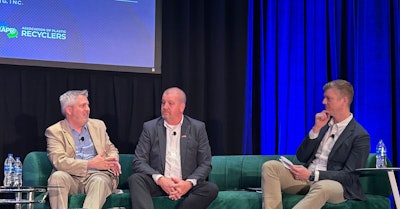 From l. to r., Neil Drain, tms, Jeff Snyder, Rumpke, and Dan Liswood, senior director – NextGen Consortium, Closed Loop Partners and session moderator
From l. to r., Neil Drain, tms, Jeff Snyder, Rumpke, and Dan Liswood, senior director – NextGen Consortium, Closed Loop Partners and session moderator
Kosior urged CPGs to rethink package design—not just for branding, but for AI recognition and recyclability. “AI systems learn from patterns. If you introduce a radical design without familiar attributes, the system won’t recognize it. We need more standardized, predictable formats.”
He added that converters and brand teams must be part of the solution. “Recyclers have long been handed difficult-to-recycle packaging and told to ‘fix it.’ But the smarter approach is not to break it in the first place.”
For food contact, safety is non-negotiable
While FDA Letters of No Objection (LNOs) are a necessary step, they’re only the beginning of the food-grade conversation.
“LNOs are just a point of entry,” said Darin. “Brands want full transparency around process controls, food safety culture, and potential chemicals of concern.”
Rob Flores, SVP of Sustainability at Berry Global, reinforced this point, saying, “If the brands we work with have to choose between hitting a recycled content goal or ensuring food safety, they will always choose safety. That’s non-negotiable—and rightly so.”
He also emphasized that LNOs are not a sufficient assurance on their own. “FDA is a baseline,” he said. “But we need processes that give brands confidence that recycled content is not only compliant, but consistent and safe.”
Kosior echoed this, noting that food-grade PP must meet not only regulatory standards, but also consumer trust. “What brands want is traceability, consistency, and proof that recycled PP performs safely and reliably,” he said.
A shift in mindset: from 100% to scalable content
Kosior also challenged the industry to rethink how recycled content is used. “Don’t aim for 100% recycled PP in one hero product,” he advised. “If only 30% of the material is available, distribute it across your portfolio. Show that circularity is happening—everywhere.”
This sentiment resonated with Darin, who said, “I’ll take 10%. I’ll take 5%. Whatever can be captured and reused today is a step forward. The goal is to build trust with consumers who want to see that the package they’re holding really was recycled.”
What CPG brands can do right now
- Design for recycling. Choose materials, labels, and inks that align with MRF capabilities and FDA standards.
- Engage early with suppliers. Collaborate with recyclers and converters to ensure your goals are realistic and your packaging is recoverable.
- Commit to using recycled content at scale. Even if it starts at 20 to 30%, consistent demand signals drive investment.
- Support infrastructure growth. Consider joining initiatives or providing funding to help build the systems that make recovery possible.
- Educate your teams—and your consumers. Show your stakeholders that recycling isn’t just a checkbox—it’s a strategy with long-term brand value.
A warning and a window
“If we don’t start moving food-grade PP into the market, we’re opening the door to legislation that could restrict its use entirely," warned Darin. "We need to act now, while the momentum is here.”
 | Read this related article from the Plastics Recycling Conference, “North American Plastics Recycling Q&A: Trade, Trends & Challenges” |
Kosior agreed. “We’re on the same journey PET took 20 years ago,” he said. “The difference is, we know what’s possible. The technology is in place. Now we need the material—and the market—to show up.”
Snyder concluded with a challenge to CPGs: “You want tubs and cups to be recyclable? Then help make it real. If we all work together—packaging, collection, sortation, and end markets—this can succeed. And we’ll show consumers that recycling actually works.” PW





